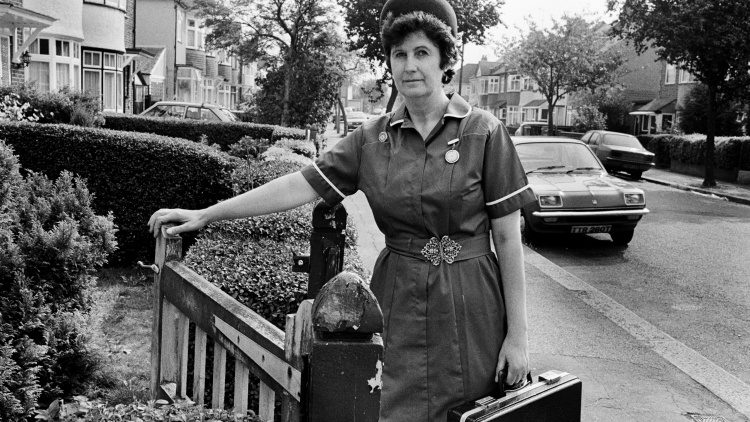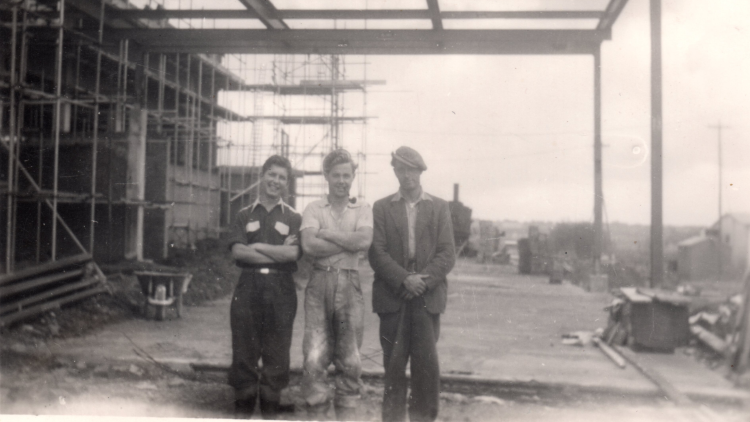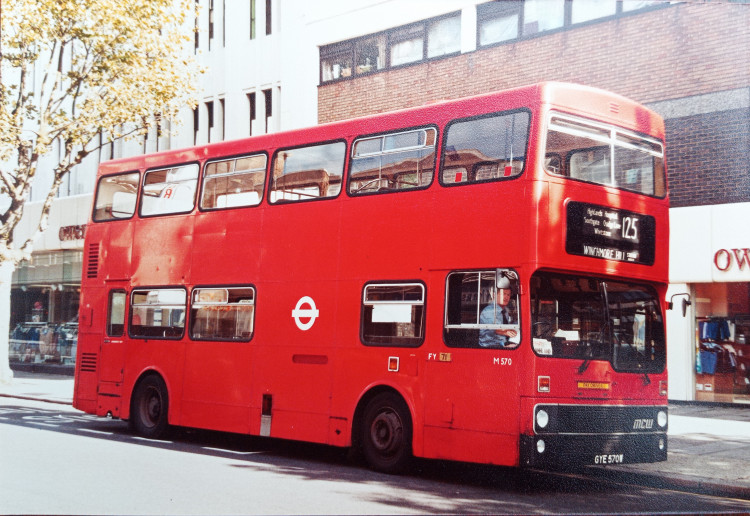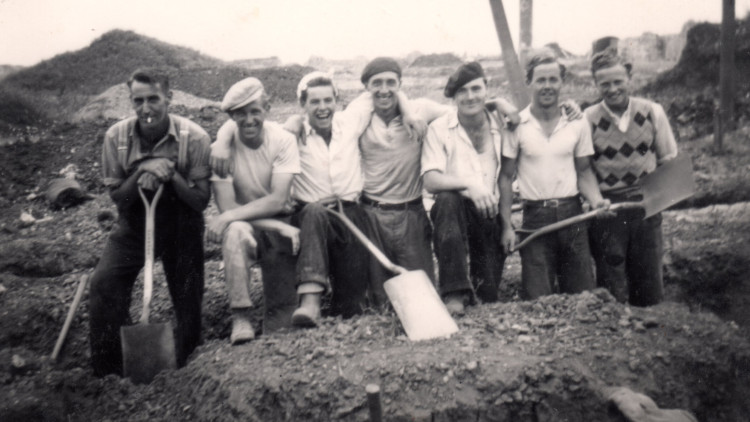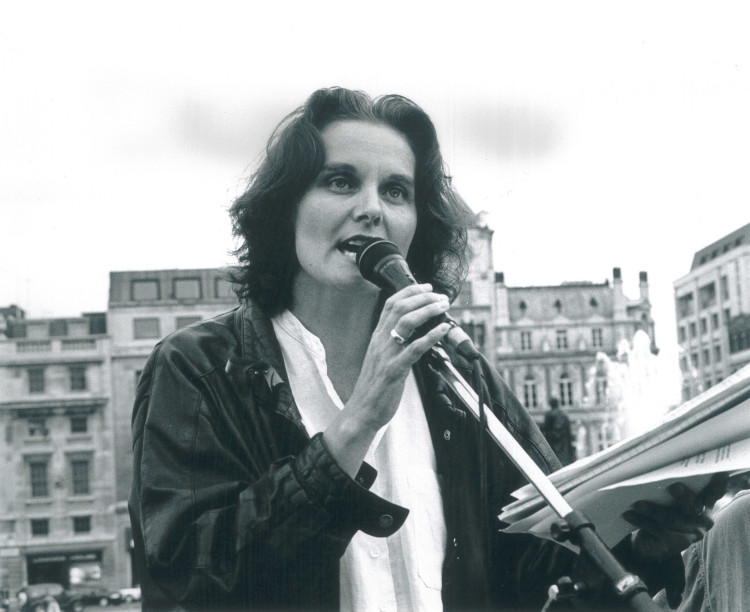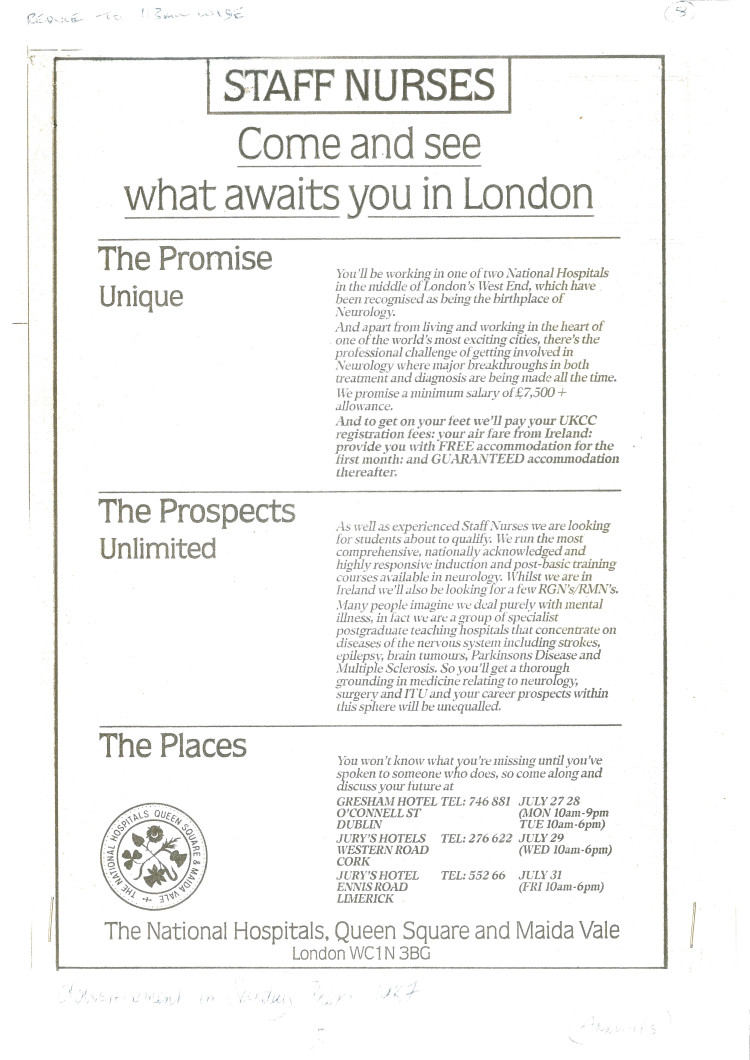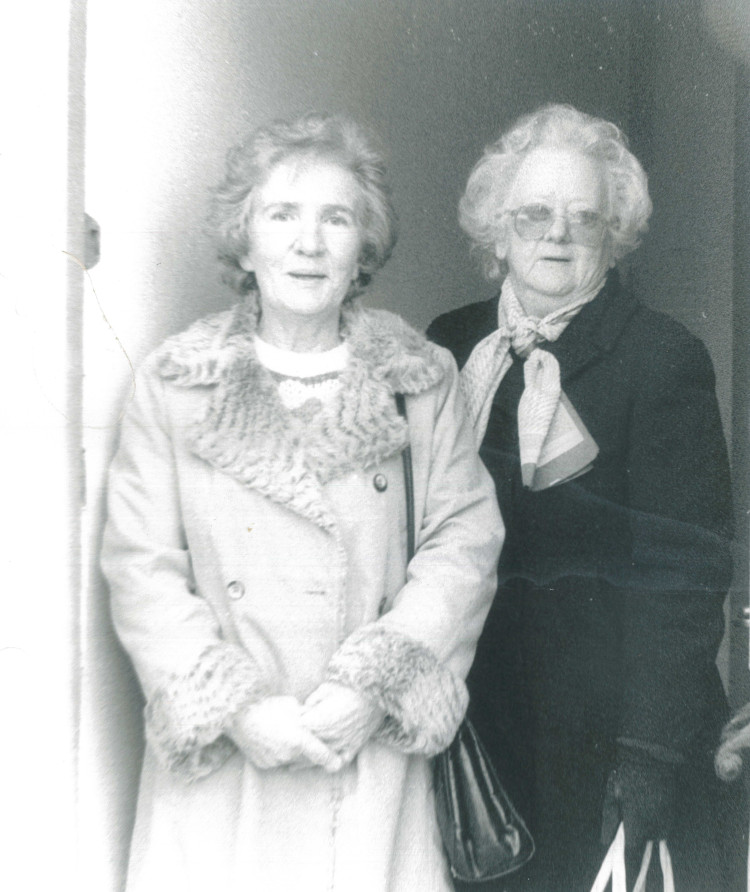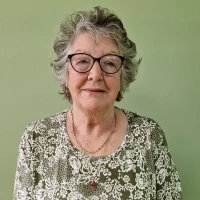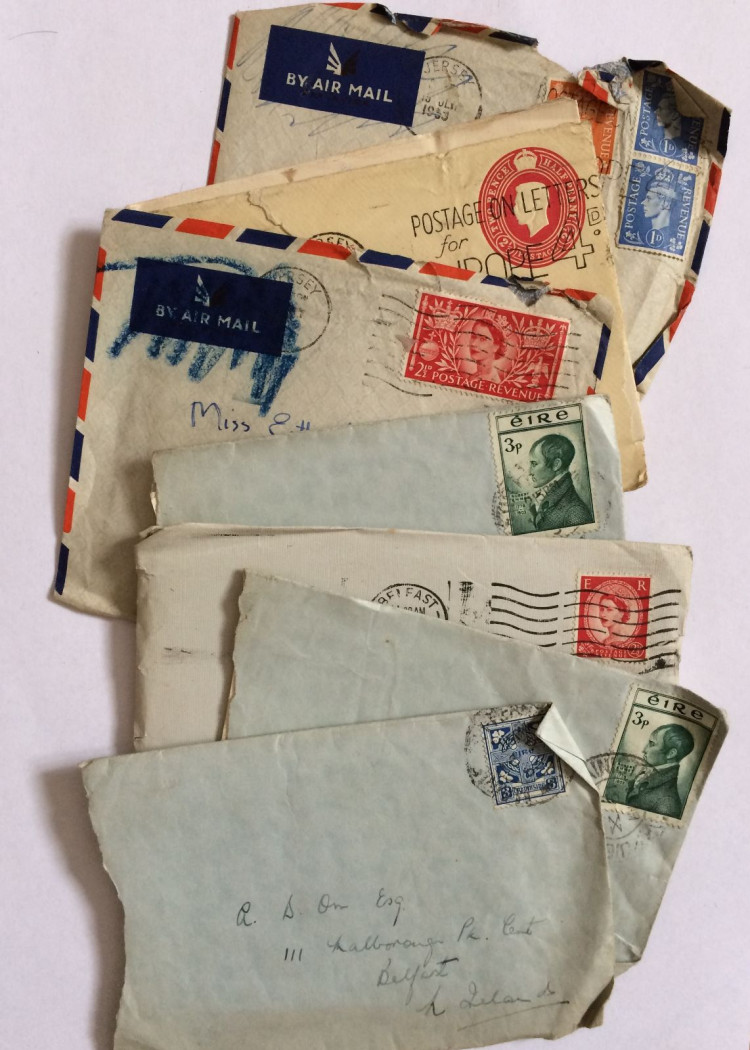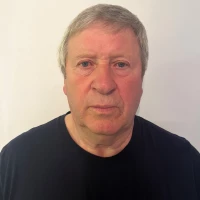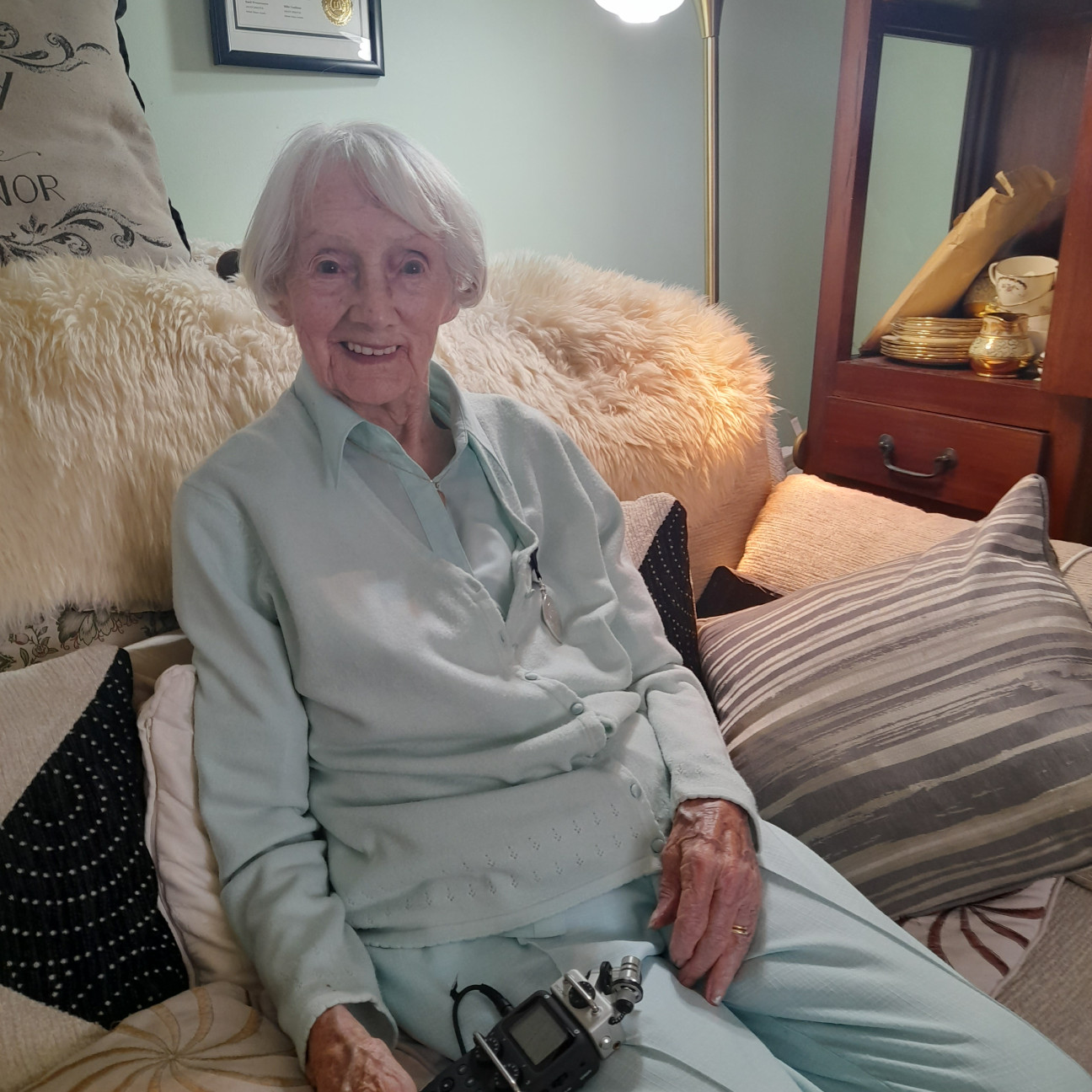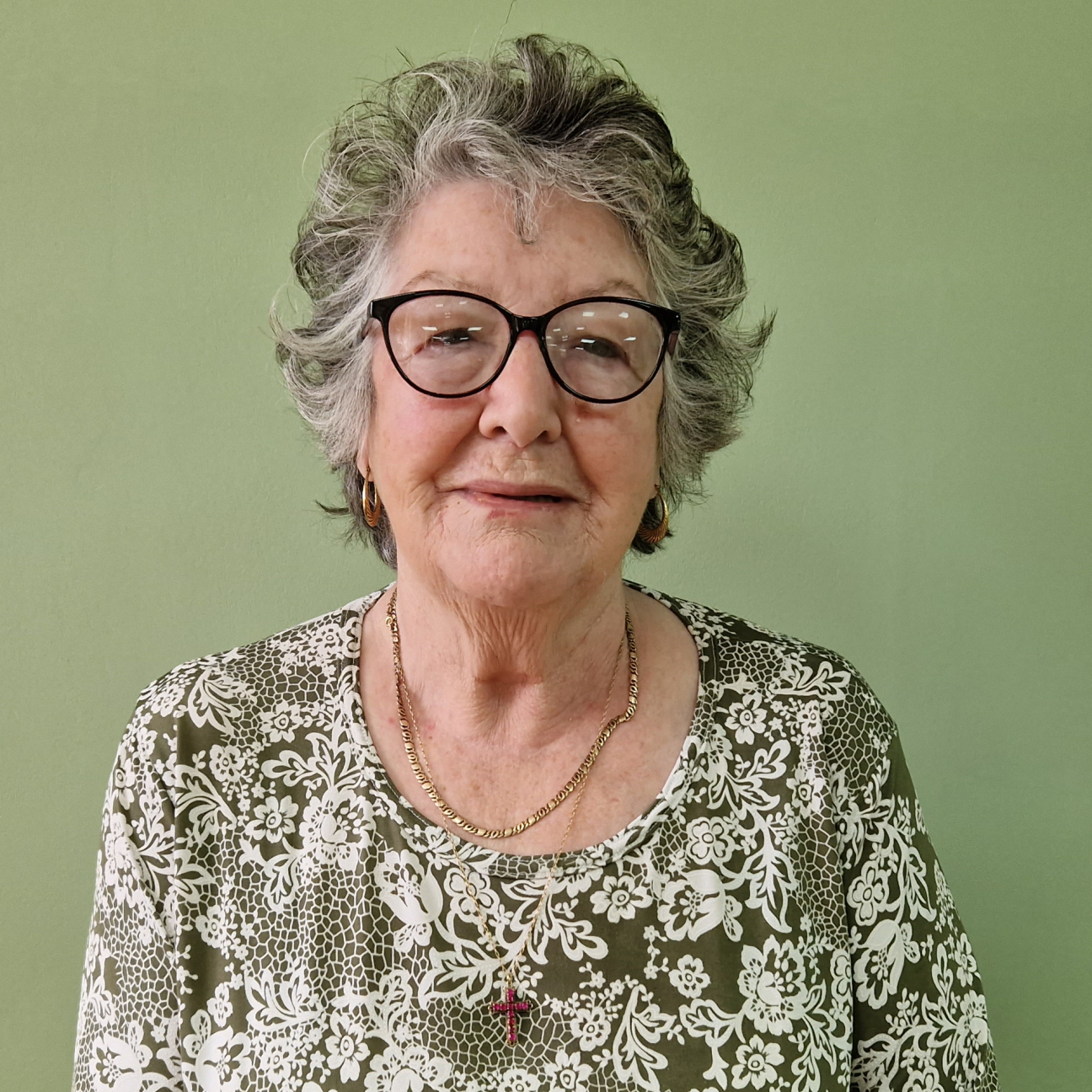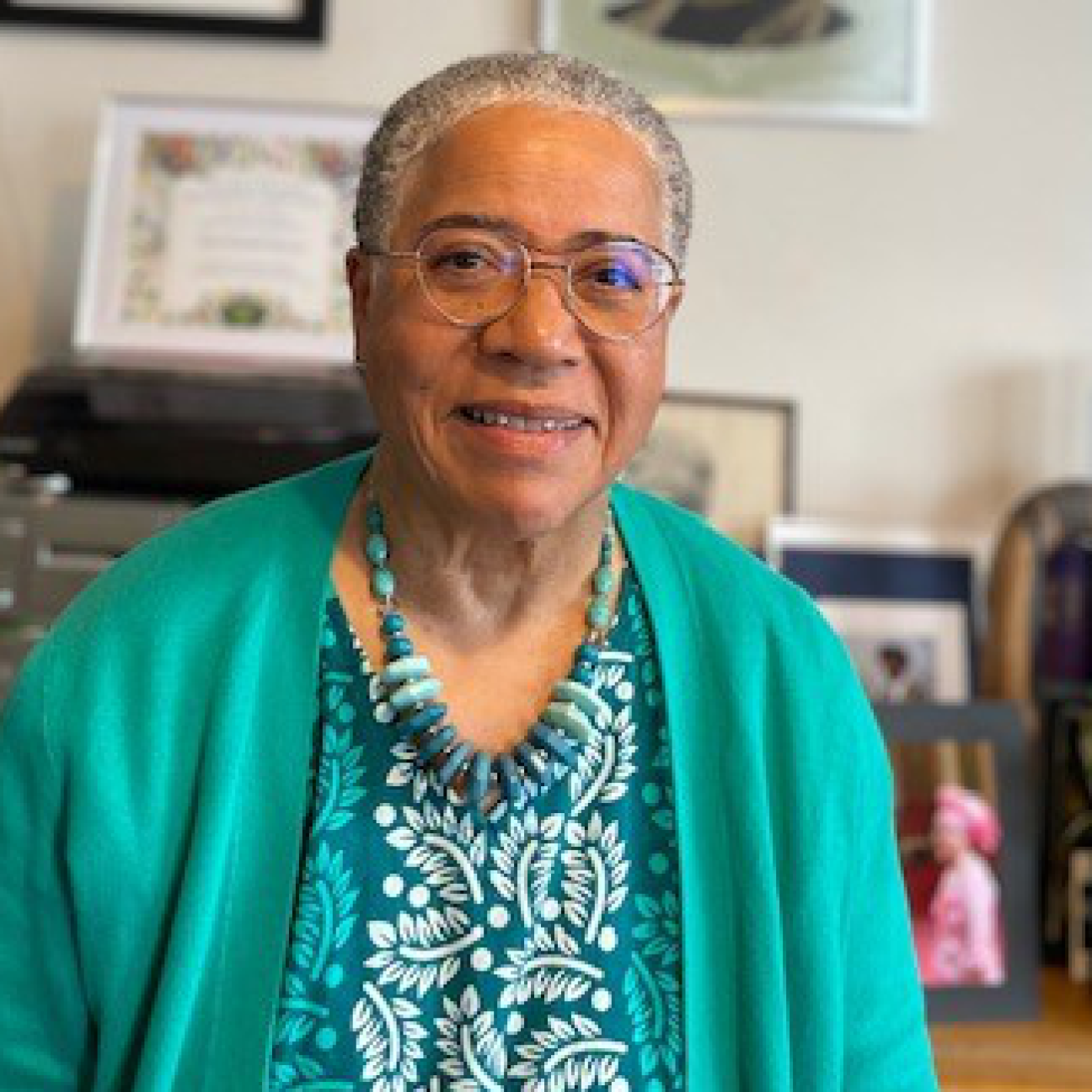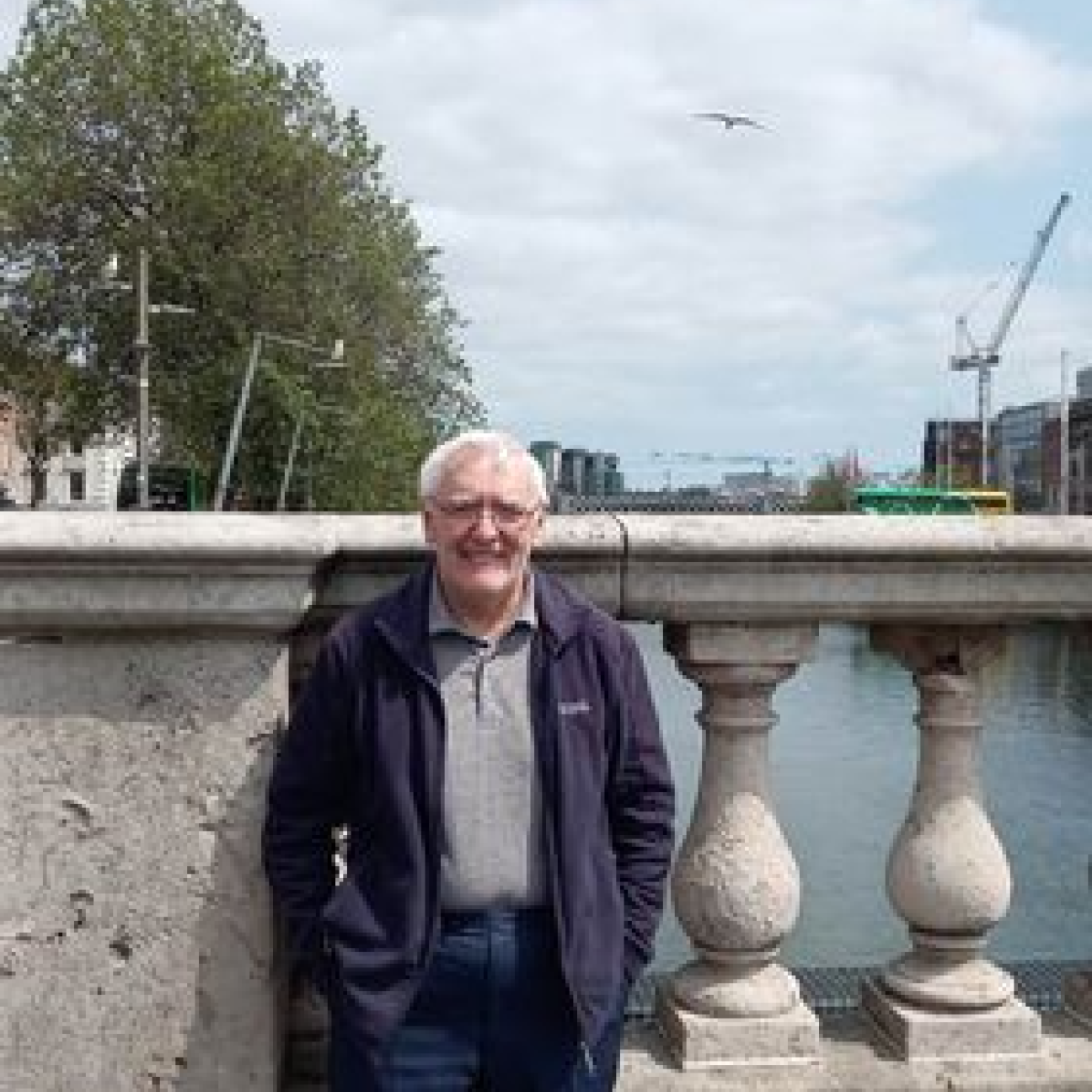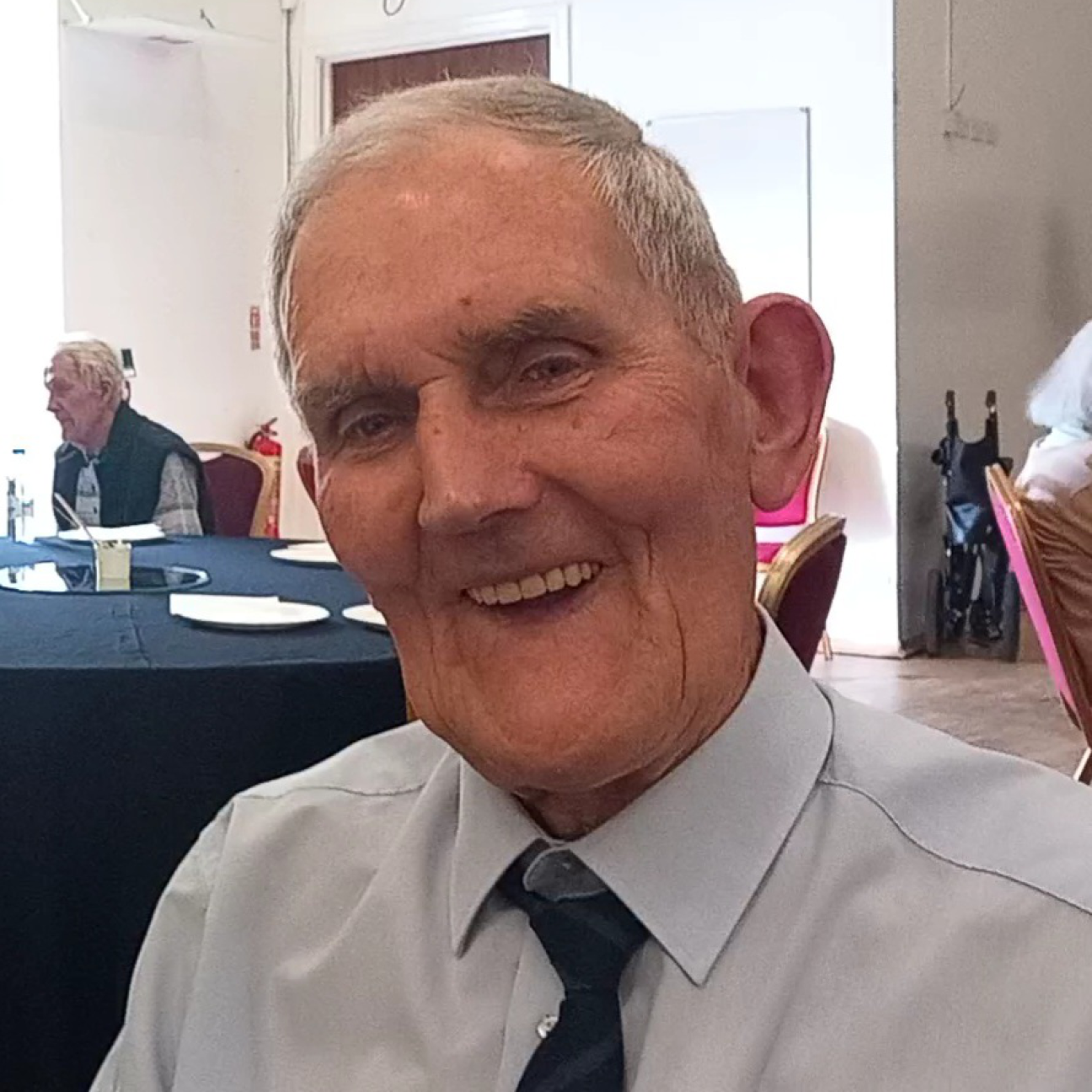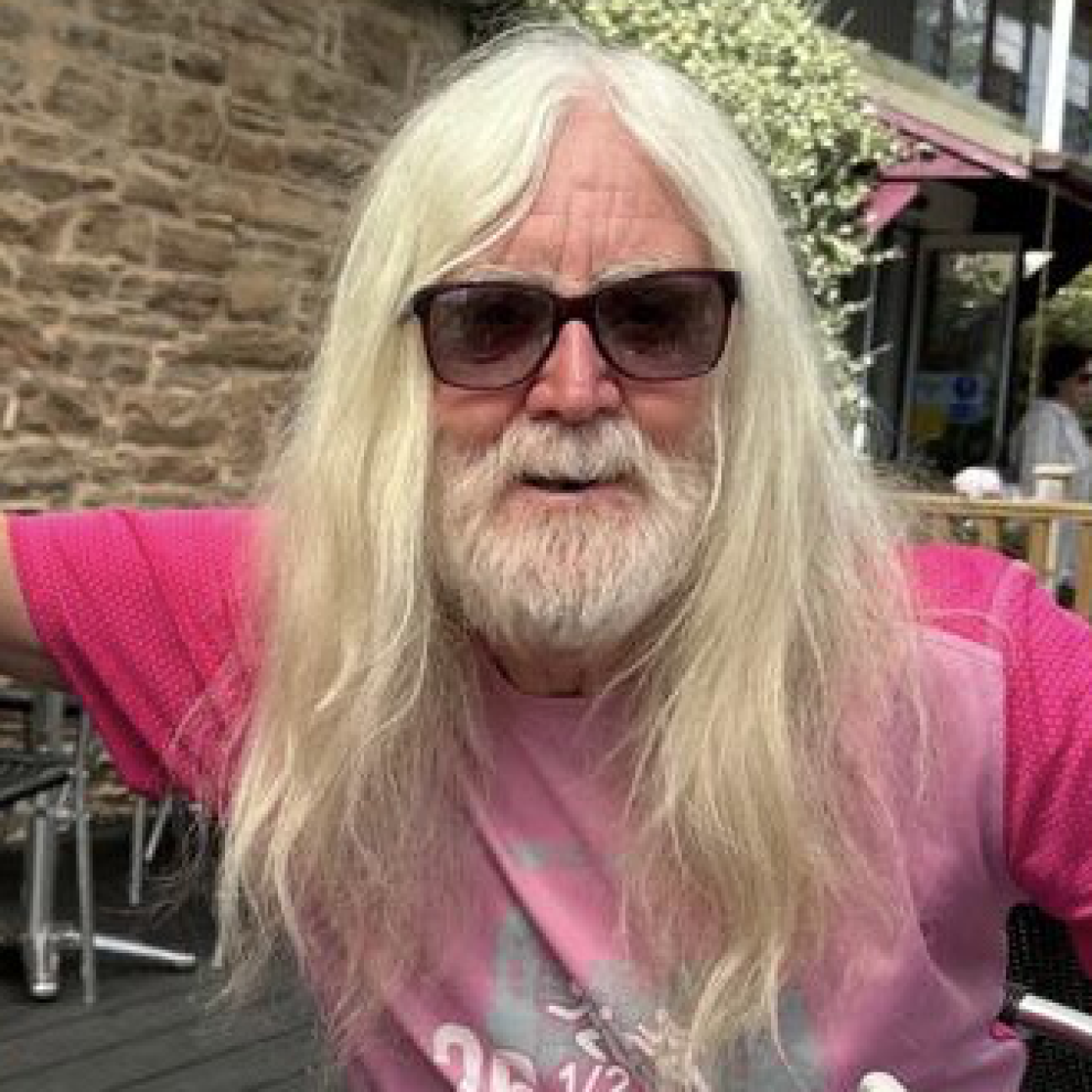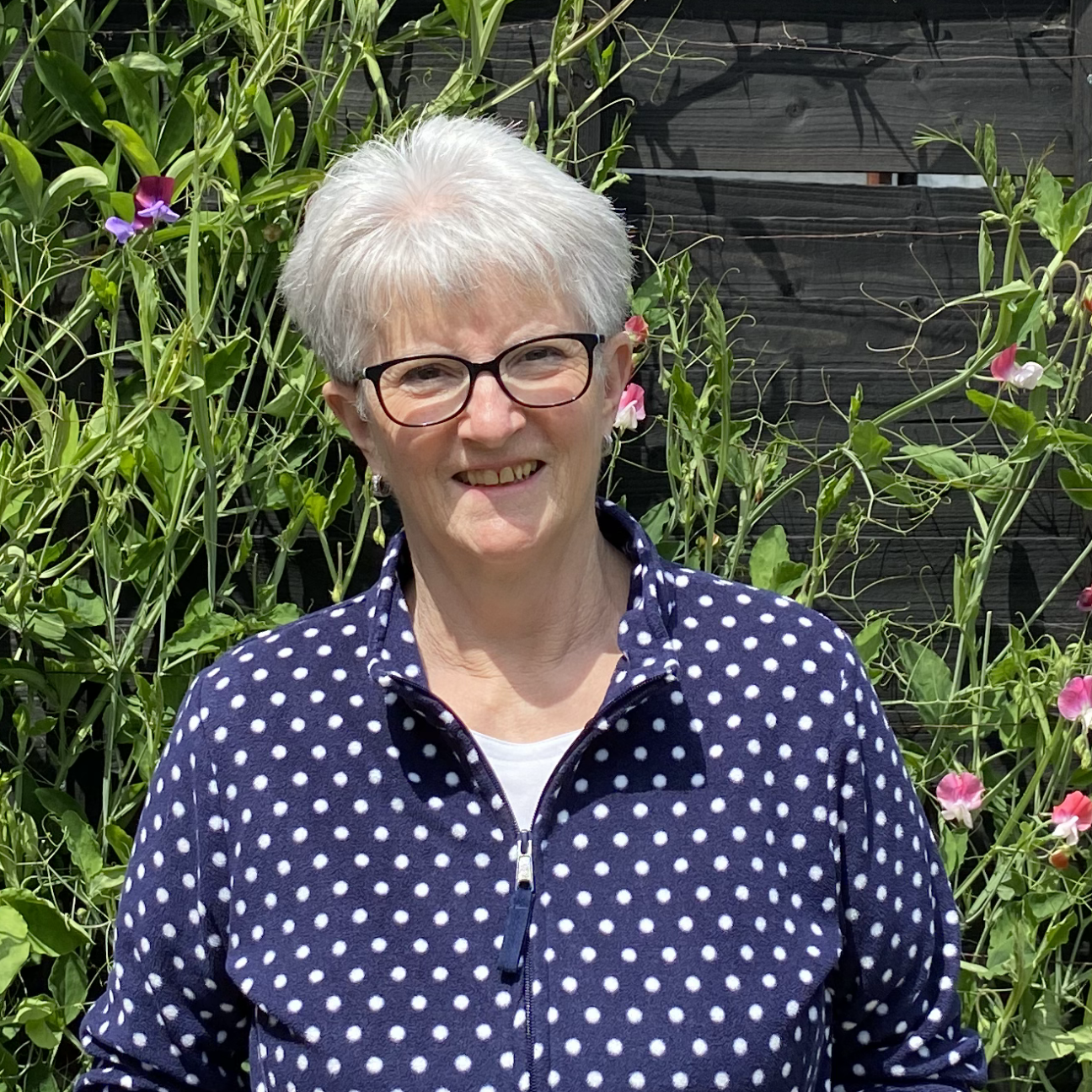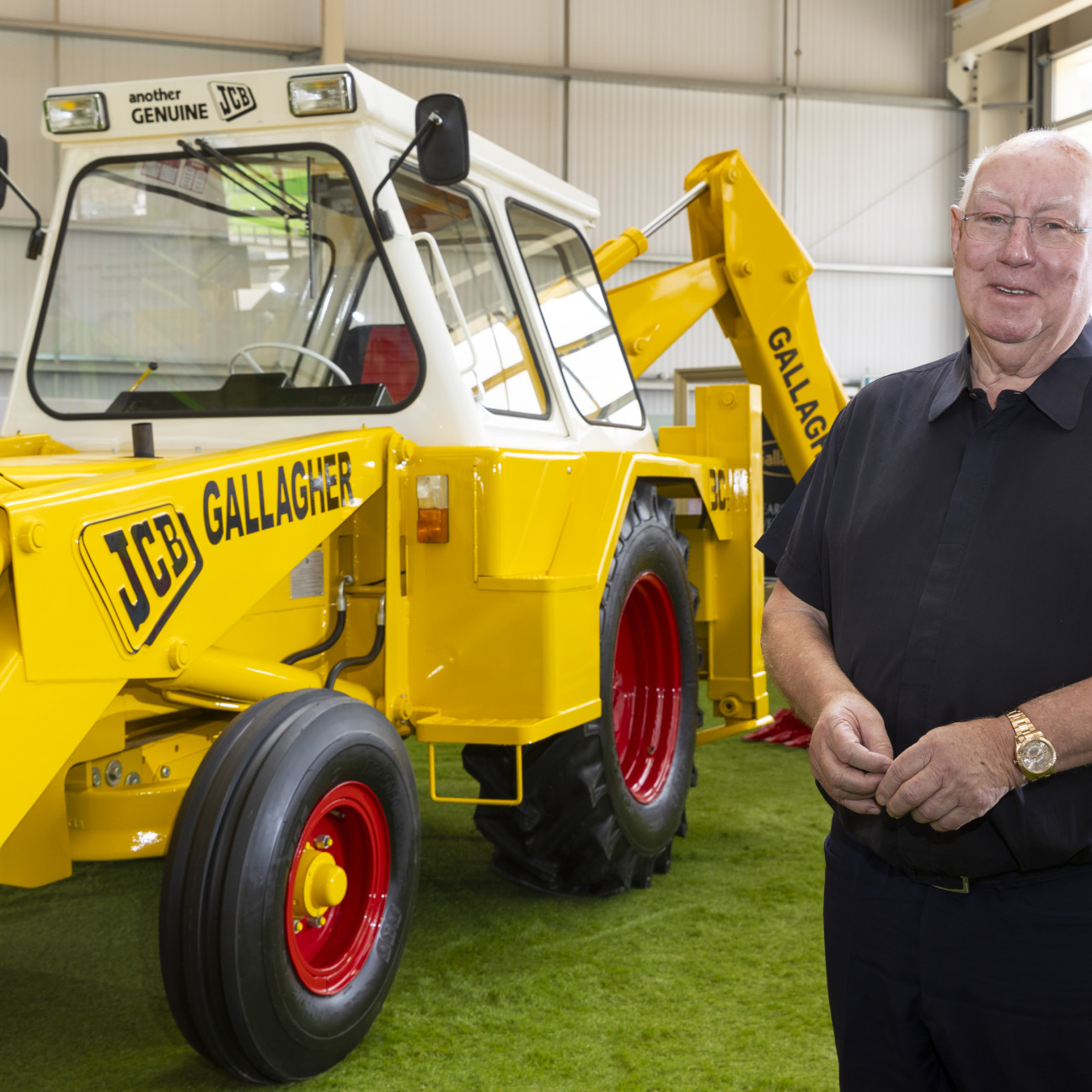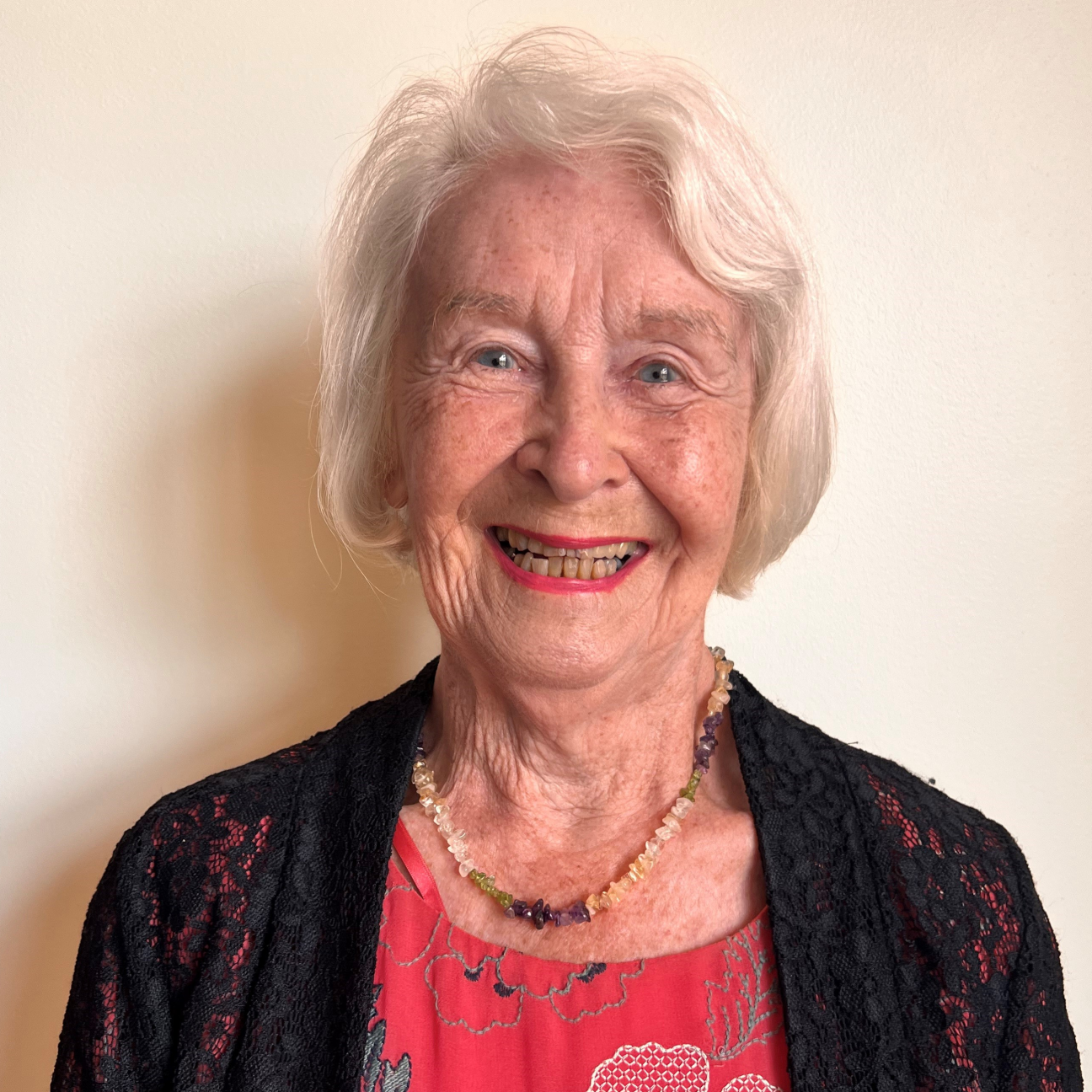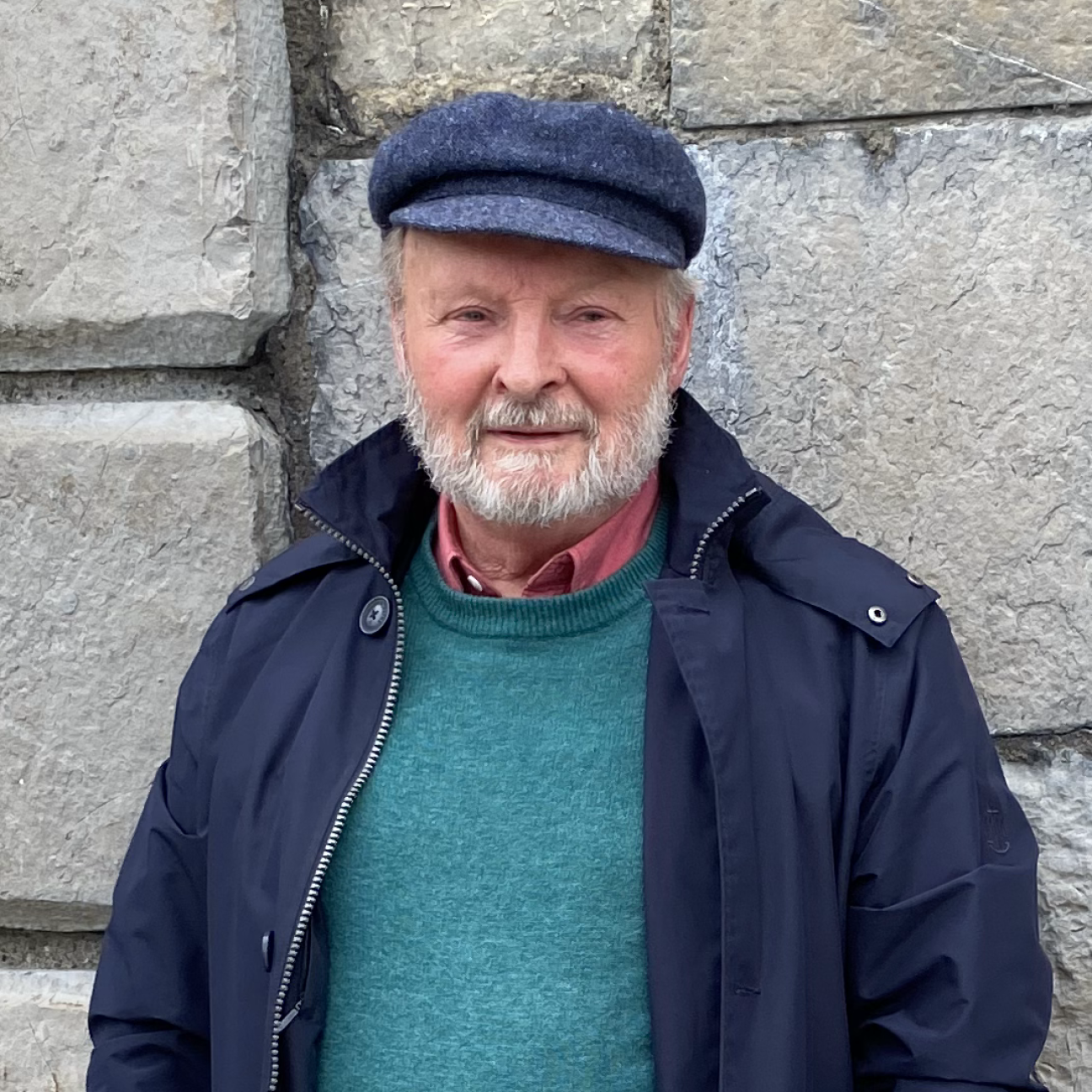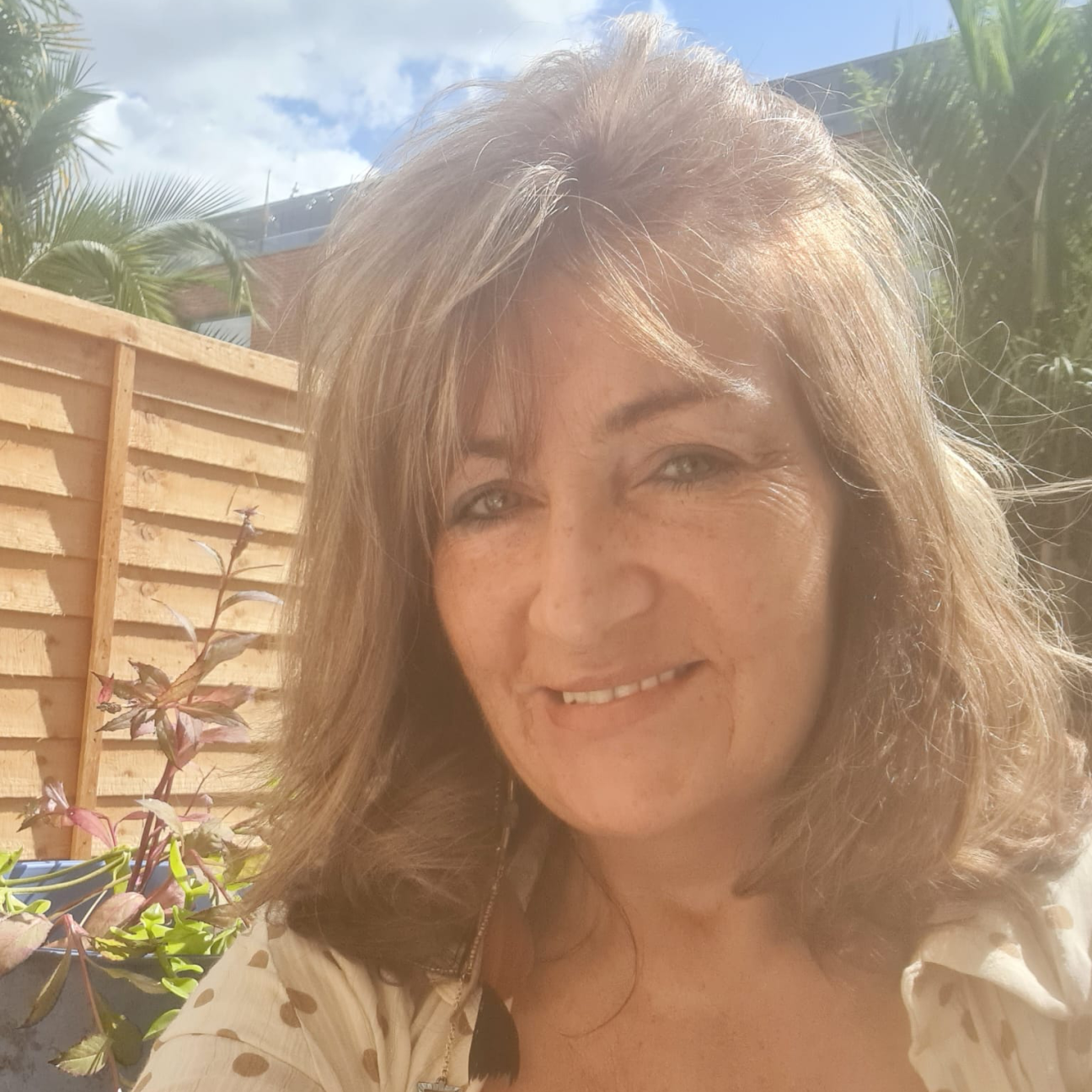In the postwar era, certain industries in Britain saw a significant presence of Irish migrant labour. The NHS urgently needed nurses, leading to adverts in Irish newspapers. By 1971, 31,000 Irish-born nurses made up 12 percent of all nursing staff in Britain.
The aftermath of the Second World War and national building projects increased the demand for construction workers. There is a long history of Irish men contributing to transport and engineering projects in Britain. Many Irish men worked in construction and roadbuilding, following the tradition of the Irish navigators (Navvies) who helped build Britain’s canals and transport infrastructure. Schemes also recruited Irish men into heavy industry, mining and agriculture.
The Irish community played a crucial role in shaping many sectors of Britain’s workforce.

